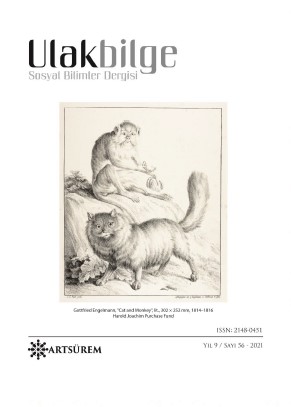II. MEŞRUTİYET SONRASI OSMANLI ARŞİV BELGELERİNDE ŞEHİR SURLARI
THE CITY WALLS IN THE OTTOMAN ARCHIVE DOCUMENTS AFTER THE SECOND CONSTITUTION
Author(s): Mehmet NuhoğluSubject(s): Cultural history, Architecture, Pre-WW I & WW I (1900 -1919), The Ottoman Empire
Published by: Sanat ve Dil Araştırmaları Enstitüsü
Keywords: City walls; ruins; architecture; art;
Summary/Abstract: After moving to settled life, it is one of the most effective security elements that humanity has found, surrounded by a wall to ensure the security of the settlement. Contrary to popular belief, the surrounding of cities with walls is not an easy feed against enemies. In the pre-war technology of firearms, a solid fortification wall or system has always made the cities and its contents advantageous to their enemies. The development of firearms from the 15th century caused the city walls to lose their functions gradually. The weapon technology developed by the Industrial Revolution in the modern period rendered the city walls completely dysfunctional. The destruction of the city walls has come to the fore due to the loss of their function and the absence of plastic elements in prestigious public buildings. Most of the city walls in Europe were removed during the industrialization process. Being late in industrialization and using it for military purposes until the 2nd Constitutional Period brought the walls, castles and towers of many cities in the Ottoman country to the beginning of the 20th century. After the declaration of the 2nd Constitutional Monarchy, upon the decision to evacuate these structures, it raised the question of what would be the city walls, castles and towers and became the subject of correspondence between the Ottoman bureaucracy. Local administrators see these walls as readymade stone materials and new land resources that they can use in public works and seek permission from the central administration on this path. The Muze-i Hümayun opposed these demands, since they are historical and national artifacts and are historical souvenirs.
Journal: Ulakbilge Sosyal Bilimler Dergisi
- Issue Year: 9/2021
- Issue No: 56
- Page Range: 72-89
- Page Count: 18
- Language: Turkish

